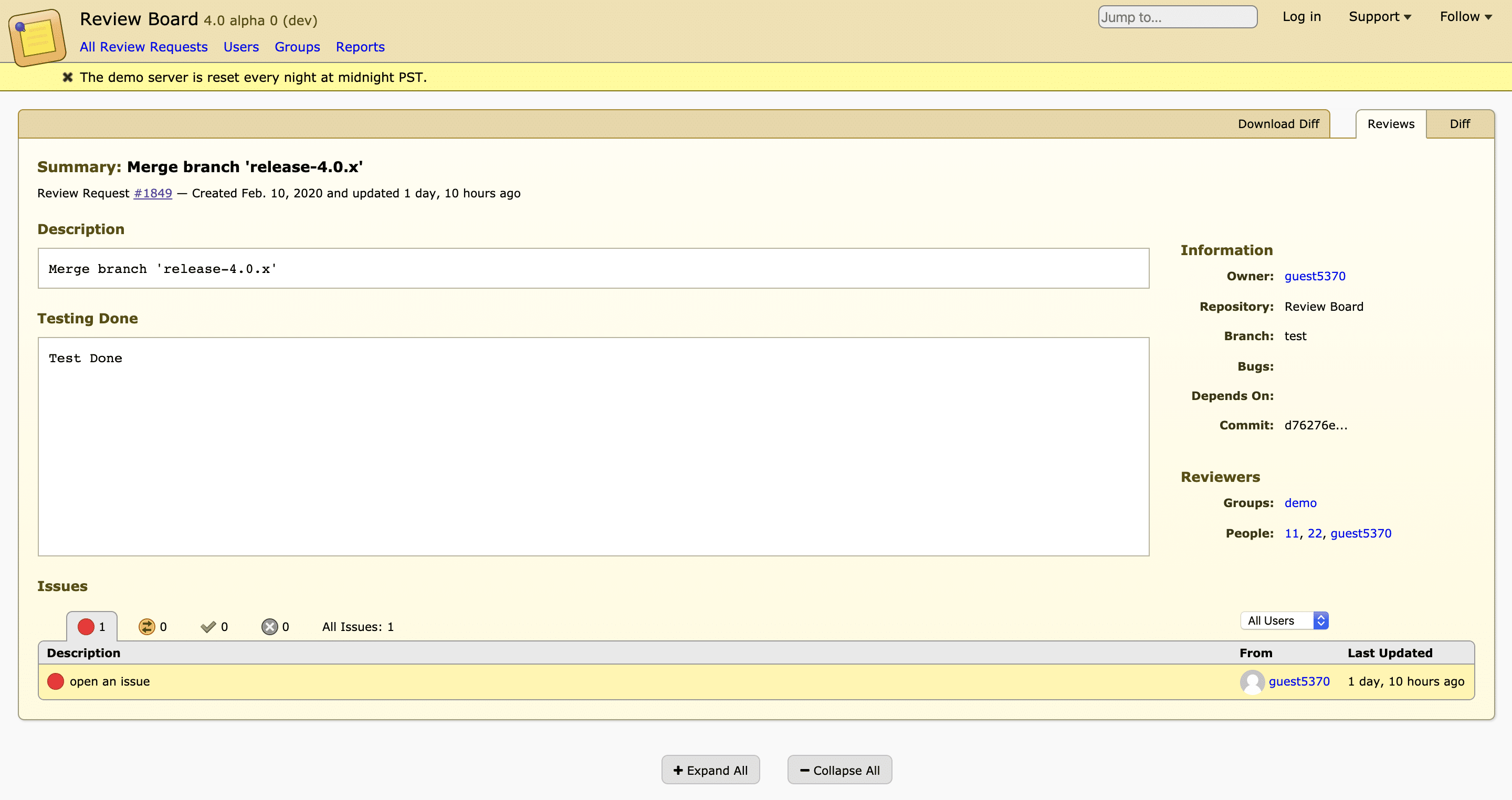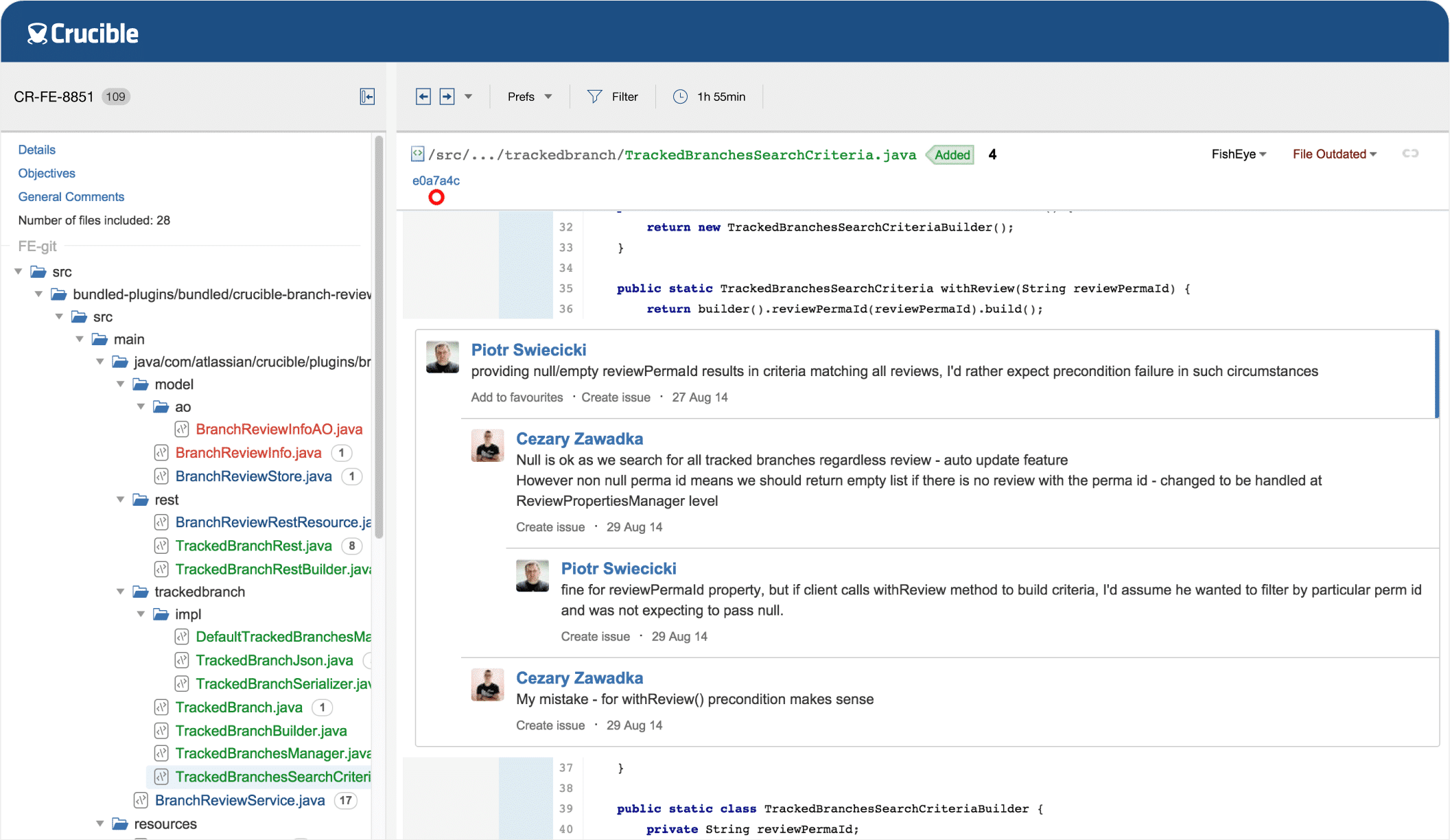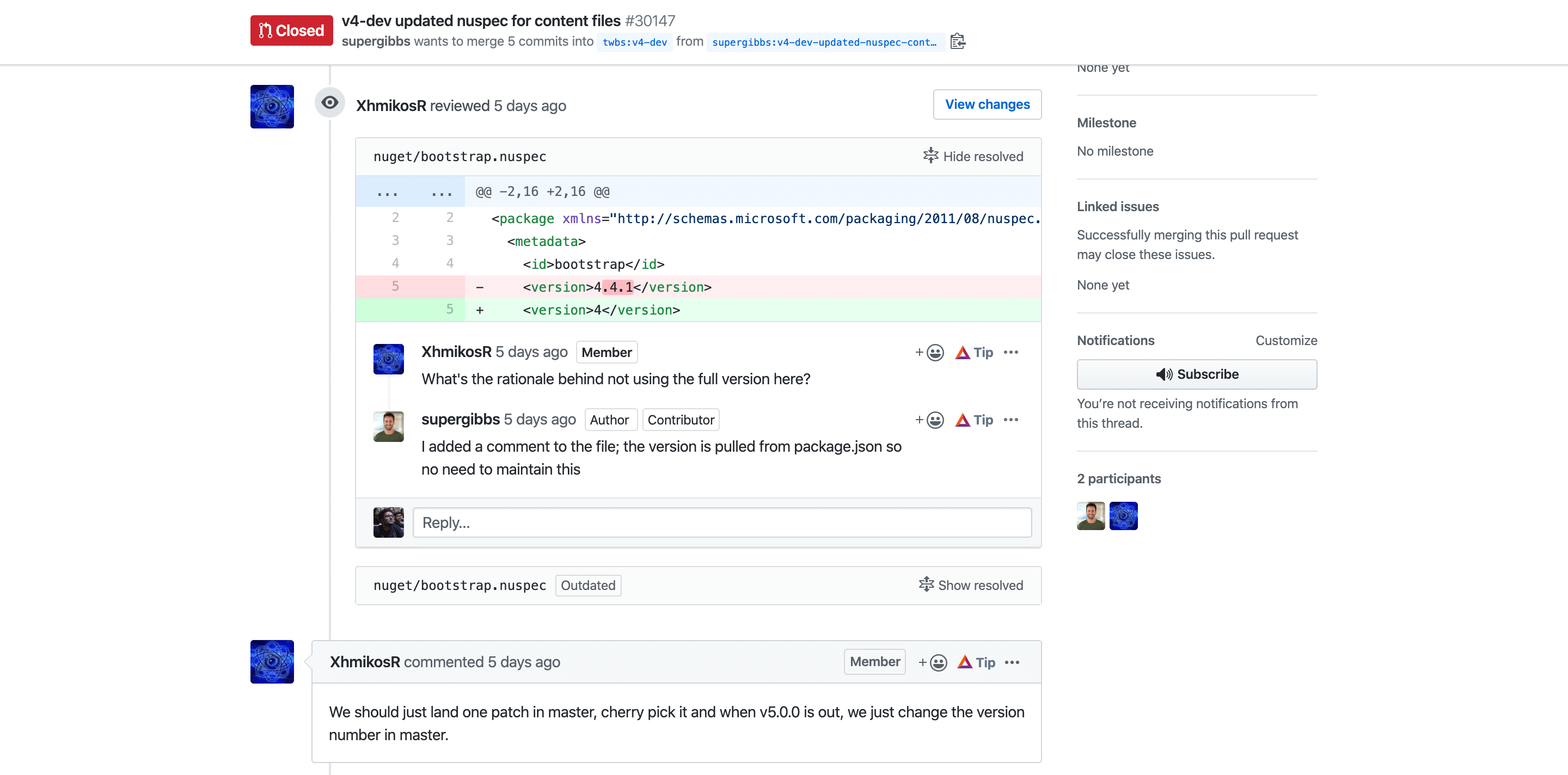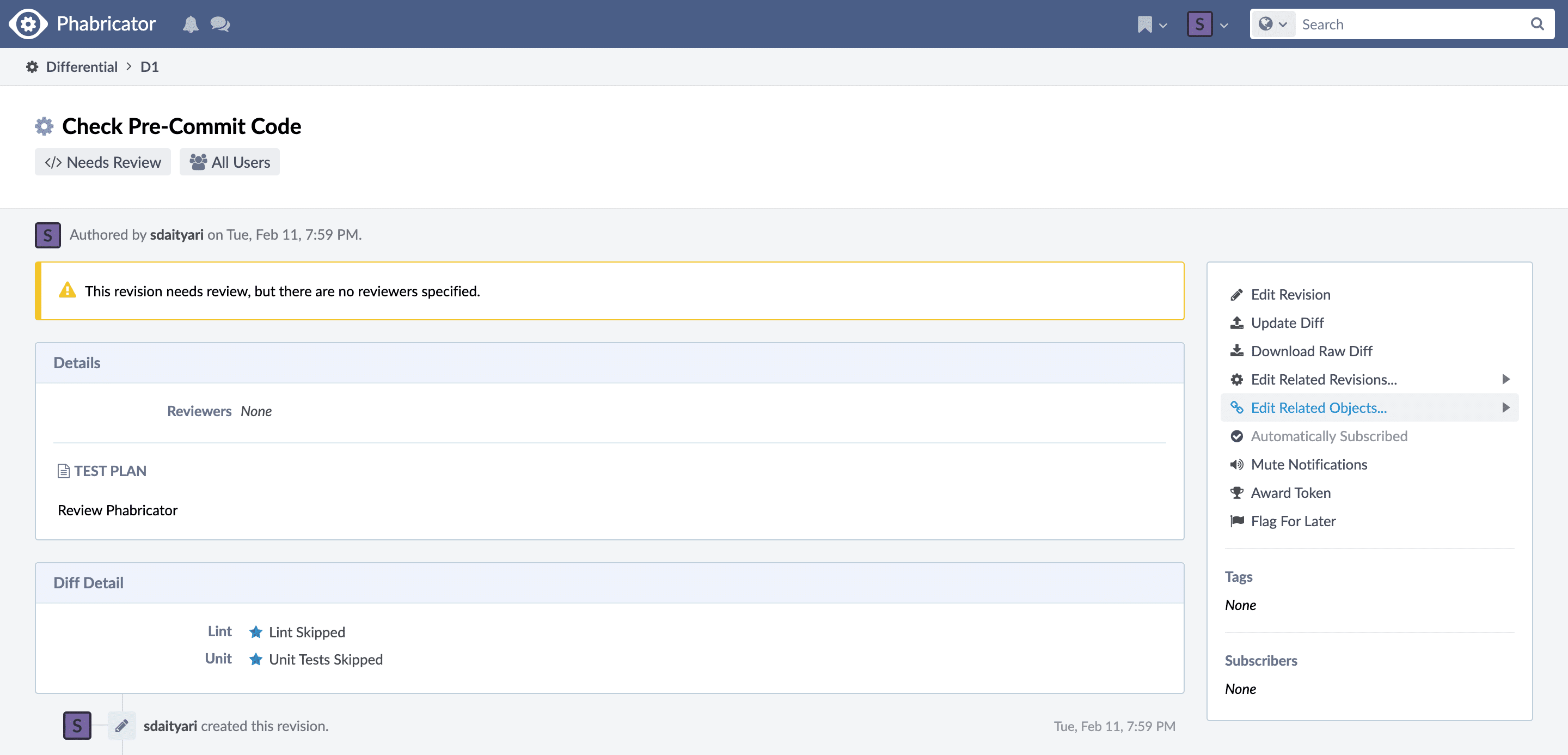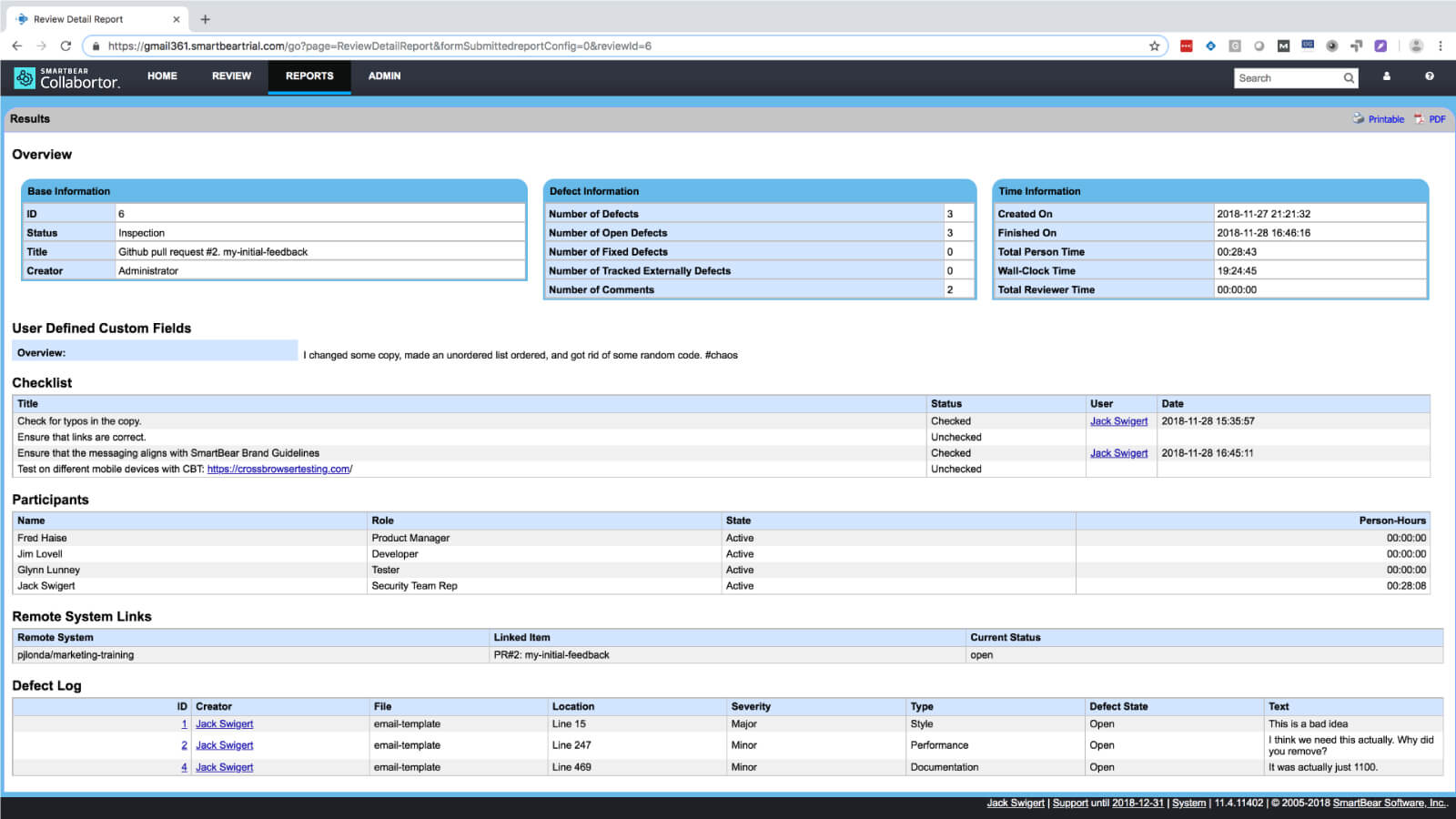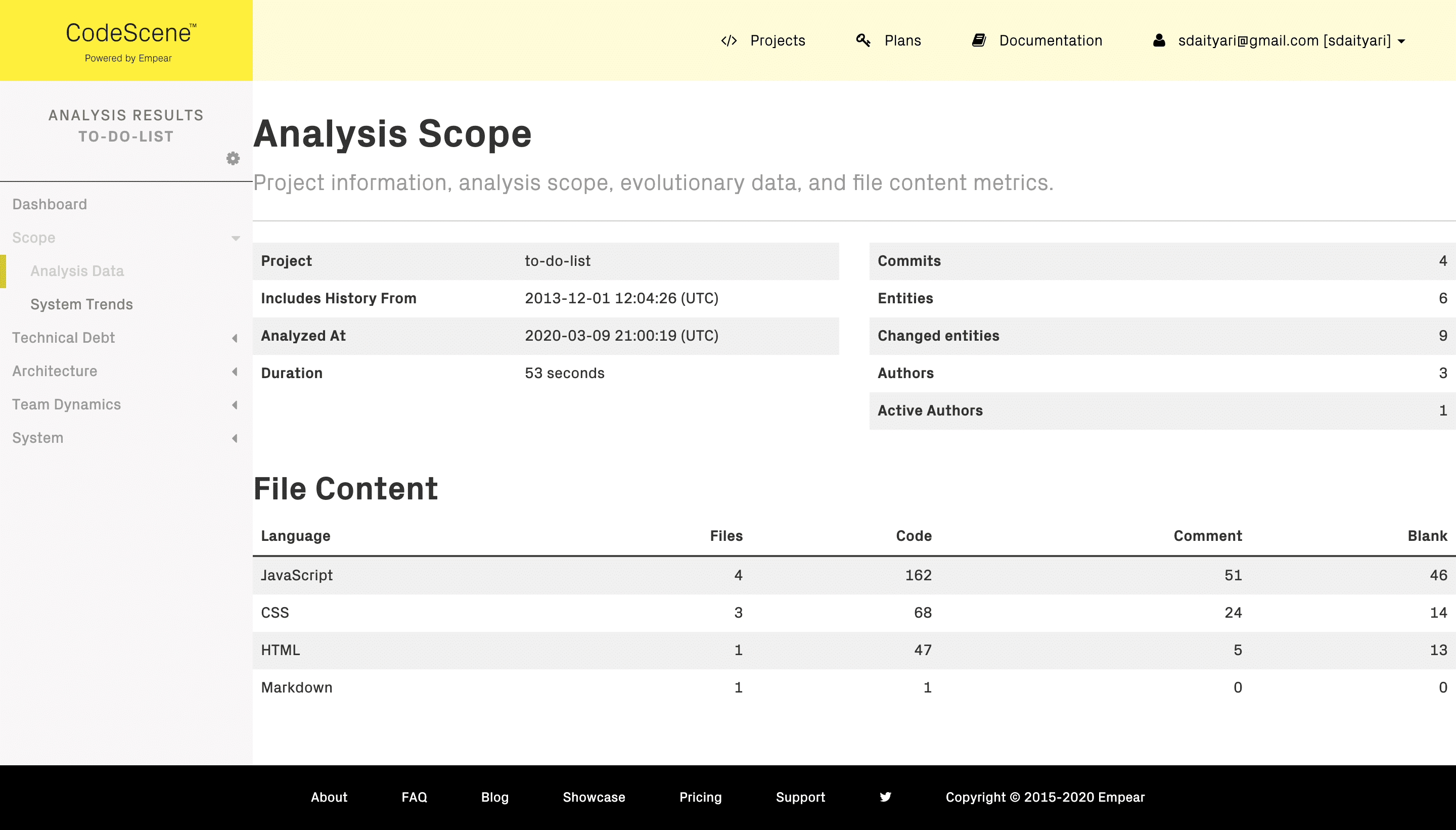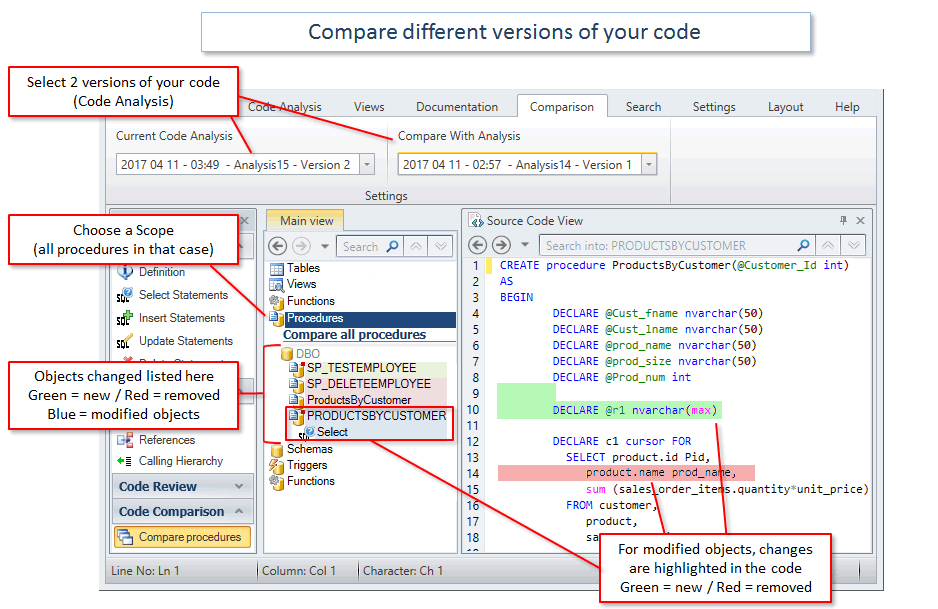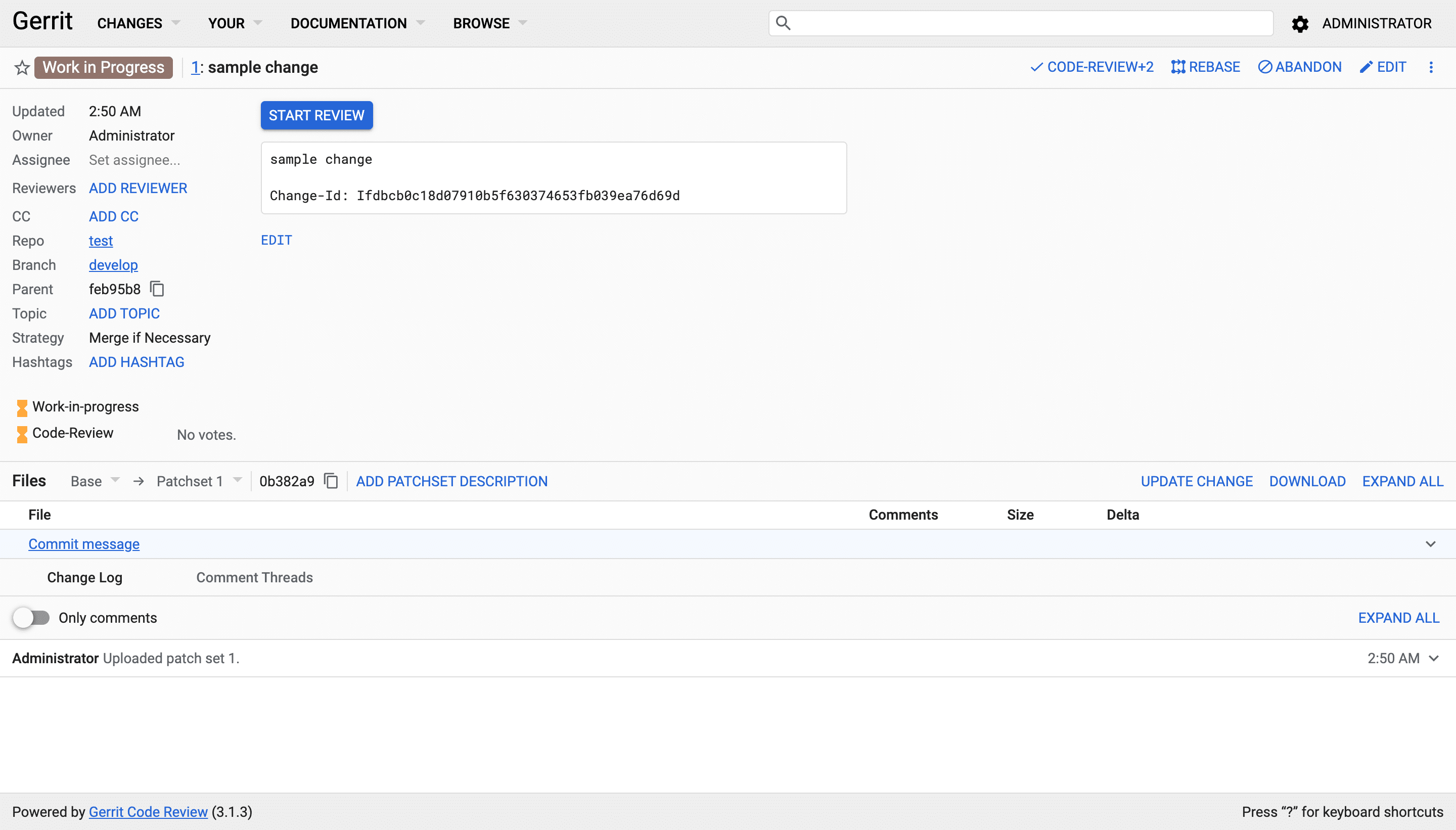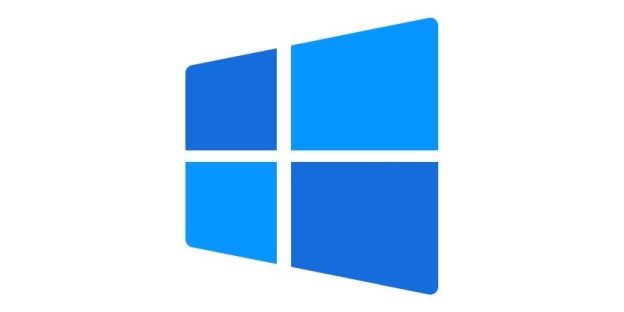8 Best Code Review Tools for the Developers

Code Review is an integral part of the software development tools. It is performed from time to time to identify bugs at the early stages of development. It becomes crucial to review and test your code especially when you are about to merge it with another codebase so you can run software without any issues.
A code written ingeniously can give effective results with time. The main objective of testing your code is to have a code without bugs, errors and have a good quality code from the initial stages of the software development process. We are sure you have heard of the code tester working for almost every top mobile and software development company. In this blog, we will let you know what code review is, how its presence helps with software development and in the end, we will have a look at some popular code review tools that help organizations from all over the globe with code review at every stage of the process.
What is the Code Review Process?
As mentioned, the code review process is done to examine the written code for bugs, errors and also the quality standards set by the organization that requires code in the end. It not only improves the coding skills as you get to know where you can be better but it also establishes the connection between the organizations and their clients. Timely code review is as important as writing code.
Usually, there are dedicated code testers for the code review process in an organization but for small teams, dedicated team leaders can also review the code. If you are writing code for large software development then you need multiple reviewers. As a mobile app development company, you can either hire testers for code review or assign them to experienced developers based on their workload.
If you are the one who is reviewing the code then you must also take positive aspects of the code along with your suggestions on how it can be better and how to work on major drawbacks. Developers can lose their interest if not handled carefully. So your feedback should be constructive but also encourage the developer while sharing your ideas and perspective during the code review process.
Why is Code Review So Important?
Code Review is a critical process as it keeps the complete development handy from early phases. We all learn programming languages to start our development journey but code review is as important as the management of the project. The best app development companies consider code review in their main timeline. And before the software is delivered the code is tested numerous times ensuring its functionality and your authority as the software development company. Moreover, the more reasons behind the code review process are:
- Ensures your code is bug-free
- assures the written code adheres to guidelines
- Increases the efficiency of your code
- No issues with the code in the future
How to Perform Comprehensive Code Review?
There are a few ways in which this process works. Some steps are more effective as compared to others. Let us find out more about them.
1. Code Reviews with Developer in Person
This process includes code review on the developer’s workstation where experienced team members and a tester went through the new code offering insightful suggestions through a conversation. We believe it is the most comprehensive code review method and doesn’t require any pre-defined structure. It is also perfect to tell your developer’s team how to write code altogether and use different tools to make the code better.
2. Email Pass Around
In-person code reviews are a much better and more comprehensive way of reviewing new code but things work differently when the development teams sit at a different place, city or country. In such scenarios, the pass ons heavily relies on email for code review.
In this process, a developer writes an email with all the changes required and monitors the changes through version control systems. It starts the conversations between the team members where they can find out about points of errors or even ask for clarifications.
Email is part of your life and a medium of communication when you are in a corporate job. You can also use it to start a conversation after reviewing the new code. But it still is not that effective because you will not get insights from the developer in person.
3. Pair Programming
Pair programming is a great way to move ahead with code reviews. Pair programming is a continuous code review process where two developers sit at a workstation but only one of the codes and the other one offers their insightful feedback. While it may be comprehensive to use this method but can result in inefficiency. It is time-consuming and also locks down the reviewer to just review the code for a longer period of time.
4. Tool Assistance
A tool-assisted code review process involves the usage of some specified tools that review your code. These tools can be very effective depending on what they offer. Some useful features they have to offer are to organize and display the updated files in a change, facilitate a conversation between reviewers and developers and also examine the code for efficiency and other metrics. As mentioned these tools include a number of features but not every one of them offers it. And that’s why we are going to see a handful of efficient code review tools in some time.
Benefits of Using Code Review Tools
Apart from in-person code review, using code review tools is the most efficient process that doesn’t hamper efficiency. You can keep other methods in the loop but switching to a code review tool would be very efficient for you as it only focuses on making your code better by reviewing it whenever you are not feeling confident.
A code review tool integrates with your development cycle to initiate a code review before new code is merged into the main codebase. You can select from the tools that sit perfectly with the technology you are using for the development and also seamlessly integrate with your workflow.
There are two types of code testing in software development: static and dynamic.
- Static is done after a developer creates a new code to be merged into the current code.
- Dynamic testing involves if the code follows certain guidelines while running and is typically performed by keeping a predefined script in the mind.
Top 8 Most Powerful Code Review Tools
As we have already understood everything about new code review then let us talk about some tools that allow you to review your code by yourself. Each of these powerful tools offers some distinct features and without further ado let us learn about them.
1. Review Board
Review Board is one of the most comprehensive web-based code review tools over the internet. To start the proceedings you can either download and set up the software on your server and even try out the demo on their website.
However, there are some prerequisites like Python programming language and its installers along with MySQL as a database. You will also need a webserver to run Review Board on a server. You can also integrate many version control systems like Git, CVS, Subversion, and Perforce with your Review Board.
Let us understand what all the Review Board allows us to perform. We can perform both pre-commit and post-commit code reviews depending on your requirements. You can also upload a diff file to upload code changes to the tool for review. It also provides a graphical comparison of changes in your code and also allows you to conduct document reviews too.
Review Board is available as free software under the MIT license and can be installed on any server running Apache or Lighttpd. As mentioned it is completely free and can be used for both personal and commercial use and it is one of the reasons it tops this list along with its features.
The Review Board also offers hosting services for your code. A perfect platform where you can review and host your code at the same time.
2. Crucible
Crucible is another powerful code review tool which is offered by Atlassian, a top software company from Australia which is famously known for developing software that makes development easy for other software developers, project managers, and other software development teams.
Back to Crucible, it’s a commercial tool that allows you to review code, discuss plans changes and also identify bugs in your new code which is hosted on different version control systems.
Although it’s not free, it is one of the most powerful tools in the niche. It’s perfect for organizations that want to deliver client-specific codes. Crucible offers two payment plans, one for small teams where you need to make a one-time payment of $10 and you get access to unlimited repositories but is limited to five users. However, its plan for large teams is much better but the catch is that its fees start at $1100 for ten users and unlimited repositories. The best part of this code review software from Atlassian is it offers a 30-day trial period without the need for a credit card.
If we talk about its operations then it also supports a large number of version control systems including Perforce, SVN, Git, Mercurial, etc. It also allows you to comment inline within the diff view to pinpoint exactly what you’re referring to specifically. You can perform pre-commit reviews and audits on merged code.
3. GitHub
Almost every developer uses GitHub to maintain their Git repositories on the cloud. If you also use it then you might already know about their pull requests to review code. GitHub comes with an inbuilt code review tool in its pull request. It is built with GitHub’s core service which is free for the developer but it is limited to three users in private repositories. It also comes with a paid plan that starts at $7 per month.
GitHub makes it easy for the reviewer to access the code that is assigned to them. All they need to do is to perform pull requests and complete a review. It also allows you to analyze the diffm comment inline, and check the history of changes. You can even integrate other review tools with GitHub through its marketplace and make the whole process better.
It’s perfect for the developers as you do not need any additional installation or configuration but one issue that arises is that it only supports Git repositories hosted on GitHub.
4. Phabricator
Phabricator is a suite of web-based software development collaboration tools, including the differential code review tool, the diffusion repository browser, the manifest bug tracker, and the friction wiki.
It also offers a 30 day trial period but after that, you need to pay $30 per user per month for its code review services. The top features of Phabricator include:
- No Limitations if you install it on the server
- Supports GIT, SVM, Mercurial
- Manage and track local as well as externally hosted repositories
- Offer Pre-commit review and its known process known as Audit which is performed review of merged codes
- Provides a Built-in tracker to manage bigs and features for smooth development
- Build applications over Phabricator through its API
In short, Phabricator offers many useful features which makes it one of the efficient code review tools.
5. Collaborator
Collaborator by SmartBear is a peer code and document review tool that helps development teams from all around. You can use almost every version control system with it and it does blend well with project management tools and IDEs like Jira, Eclipse, and Visual Studio. Its 5-user license pack starts at $535 a year and a free trial is only available depending on your business requirements.
It also offers reporting and deep analysis of key metrics related to your code and review process. It also works perfectly with bug detection and audit management.
6. CodeScene
CodeScene is another popular code review tool that has some amazing features to offer. Its services are available in two forms: an on-premise solution and a cloud-based solution. It performs behavioral code analysis by including a temporal dimension to analyze. CodeScene costs around $115 a month for ten private repositories. Its on-premise installation costs $17 per developer per month.
It not only reviews your code but also uses Machine Learning algo to identify social patterns and hidden risks in code. Its hotspots concept in your repository by identifying files helps with the current development activity. If you are looking for a tool that goes beyond a traditional, conversational code review tool, make sure to check out the free trial of CodeScene.
7. Visual Expert
Visual Expert is Code Review specializing in database code. But it only supports three platforms including SQL server, PowerBuilder, and Oracle PL/SQL. And in case you are using any other DBMS you will not be able to integrate Visual Expert for code review. Since it’s an enterprise solution you need to send a request to get a quote on its pricing.
Visual Experts examine each change in your code to foresee any performance issues due to the changes. It can also automatically generate complete documentation of your application from the code too. If you are using the above-mentioned platforms then using Visual Expert is a must.
8. Gerrit
Gerrit is a free and open-source web-based code review tool for Git repositories which is written in Java. In order to run Gerrit, you need to download the source code and run it in Java. It is one the best tools in the market whose main functionality is a bug tracker and a review tool into one. While reviewing your code you can see your changes displayed for every line of code added. It basically works between the developer and the central repository and makes things seamless with the development. If you possess the technical expertise to install and configure Gerrit, and you are looking for a free code review tool, it should serve as an ideal solution for your projects.
Endnotes
The code review process is important for comprehensive software and app development. So, leveraging the benefit of code review software can really help you with some amazing development and remove redundancy in your development cycle.
